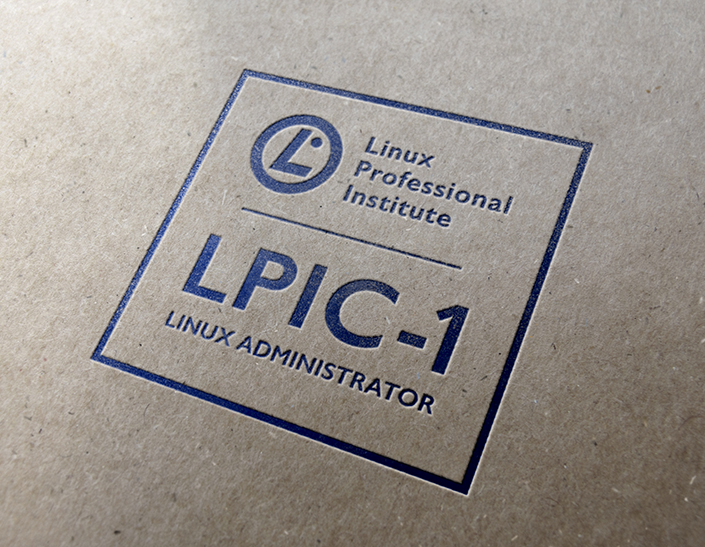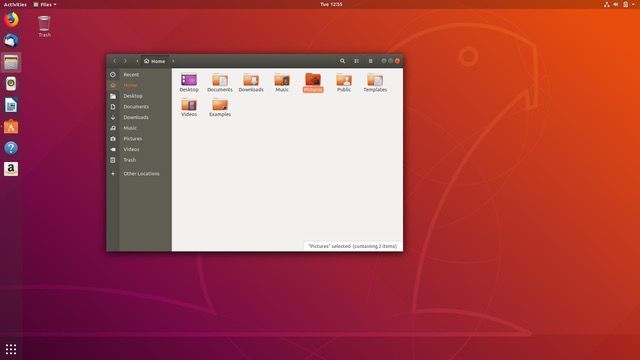A lot of people including me are looking for specific courses around computer science, engineering and programming. There are world wide certificates available. To increase the chance of getting university acceptance or getting employed, I listed some of them which are popular:
ICDL:
This certificate is recommended for people below age of 12. The test contains Word, Excel, PowerPoint, Web browsing, Access, windows fundamentals and computer hardware fundamentals. So if you use your computer daily, you surf the web and do office work, you can go and give this test without any preparation. This certificate has a
low value and not much worth getting.
LPIC (Linux institute):
Linux fundamentals, Linux powers billions of smartphones, big part of the web and workstations. LPIC consists of different levels, from beginner to expert, this certificate has
medium value, holding the expert certificate gives you a lot of advantages.
RHCA, RHCSA (Red hat):
Red hat certificates are very well known and accepted everywhere, these certificates are similar to LPIC but they are much more advanced and a bit harder, the courses are a bit expensive, but its worth it. It has a
high value.
CCNA (By Cisco):
IF you like networking this is for you, Cisco also provides some training and examinations for networking which is also very good if you can get into the high levels. They have a high value.
Microsoft courses (Azure etc.):
Microsoft also has some courses for it's own cloud platform, artificial intelligence and etc. This is recommended because it has free online learning to some point. It has a high value.
There are many other certifications as well that I might not write about, these are the most important ones that I found, comment below if you have any suggestions so I can add it.













